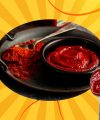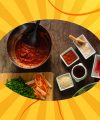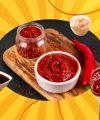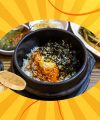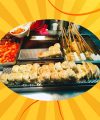Table Of Content
- Why Do Korean Street Drinks Deserve Your Attention?
- What Are The Most Popular Korean Street Drinks You Must Try?
- 1. Sikhye – Sweet Rice Punch
- 2. Sujeonggwa – Cinnamon Ginger Punch
- 3. Bori-cha – Roasted Barley Tea
- 4. Omija-cha – Five-Flavored Berry Tea
- 5. Subak-hwachae – Watermelon Punch
- What Is The Role Of Korean Street Drinks In Culture?
- Best Korean Street Drinks Explored: Which One Will You Try Next?
When I first went to Seoul, I used to stroll down the streets every evening. Trust me, guys, it’s overwhelmed my senses.
Well, I’m not just excited by the tasty scent of sizzling tteokbokki. Also, I am not here just for the mouthwatering aroma of grilled skewers.
I was a bit more excited by the vibrant array of drinks. The vendors were selling from colorful stalls and pushcarts.
Also, each season seemed to have its own signature flavor. So, I got warm, nutty teas. This will wrap you in comfort during chilly winters.
Then, I got refreshing, fruity coolers that were the perfect antidote to the summer heat.
And something struck me! These drinks carried the weight of tradition. I could feel the essence of the Korean community.
Additionally, these are not like the mass-produced bottled beverages you might find anywhere.
These drinks are steeped in history. So, they reflect a deep connection to the changing seasons and local ingredients.
So, are you a huge fan of the Korean street food? Wait till you try the drinks!
They’re not just about refreshment. They’re a delicious testament to the balance of health and taste.
Additionally, they are also the innovative spirit that defines everyday life in Korea.
Why Do Korean Street Drinks Deserve Your Attention?
Street drinks in Korea aren’t just “sidekicks” to the famous street foods. They exist because of three huge demands:
- Cultural
- Historical
- Seasonal
For instance, during harsh winters, hot beverages like sikhye or yulmu-cha (job’s tears tea) keep people warm and nourished.
Meanwhile, summer calls for icy refreshments like subak-hwachae (watermelon punch).
So, this reflects Korea’s tradition of hydrating with naturally cooling fruits.
Food historians often highlight how street vendors in Korea have adapted ancient recipes to modern lifestyles.
You can trace the origins of drinks like sujeonggwa (cinnamon punch) back to the Joseon dynasty. They were part of royal banquets.
Today, the same drink is available for a few thousand won at a street stall. This shows how tradition has merged with accessibility.
What Are The Most Popular Korean Street Drinks You Must Try?
Are you a fan of Korean street food? You should also try these drinks! These drinks have a rich history. They connect to the changing seasons and use local ingredients.
1. Sikhye – Sweet Rice Punch
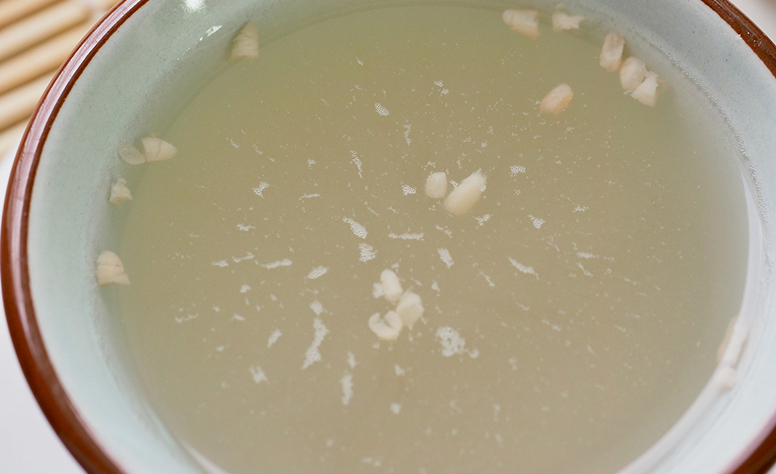
This mildly sweet, golden-colored drink is made from fermented malt water and rice grains.
What makes Sikhye (식혜) unique is that it aids digestion, which is why it’s often served after a heavy Korean meal.
It is particularly popular during the:
- Korean New Year
- Chuseok (harvest festival)
But you’ll also find it at food stalls in traditional markets. I had them in the Gwangjang Market in Seoul.
Sikhye’s popularity stems from its dual role: it serves as both a dessert and a digestive.
Korean households once brewed it at home in large pots, but now it’s available both at street stalls and in canned form.
According to the Korean Food Promotion Institute, sikhye is considered one of the most accessible gateways to traditional Korean beverages.
2. Sujeonggwa – Cinnamon Ginger Punch
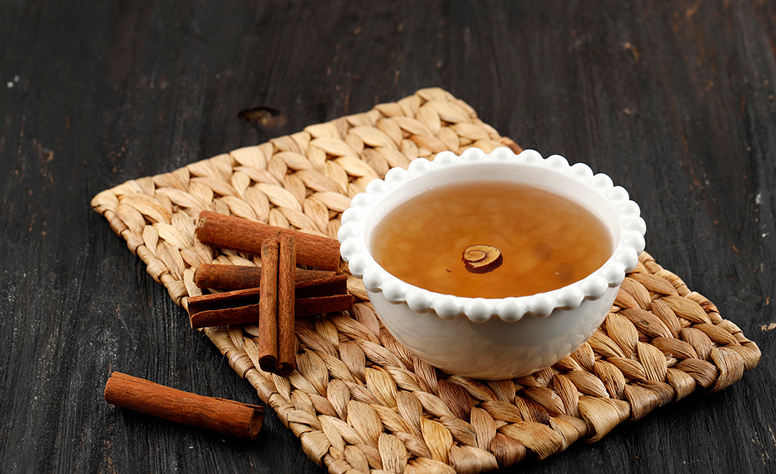
If you love spiced drinks, this one is a must-try. Sujeonggwa (수정과) combines
- Dried persimmons
- Cinnamon
- Ginger
So, you will get to taste something sweet yet slightly fiery.
You need to serve it cold. This makes it a refreshing contrast to heavier foods like:
- Fried pancakes (jeon)
- Spicy rice cakes (tteokbokki)
Historically, this drink was part of royal feasts. But it gradually became common across Korea.
Today, you’ll find it in small plastic cups sold at street vendors, especially during festive seasons.
The presence of cinnamon and ginger provides a strong flavor.
Additionally, it offers warming properties recognized in Korean traditional medicine (hanbang).
3. Bori-cha – Roasted Barley Tea
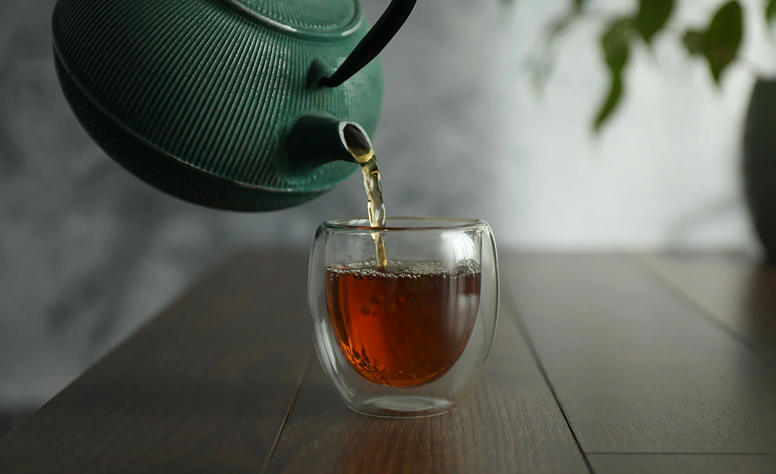
Bori-cha (보리차) might not sound fancy, but it’s one of the most consumed beverages in Korea.
Traditionally, you have to brew it by roasting barley grains and boiling them in water.
People sell this one hot in winter and chilled in summer. You will find it at markets and street stalls.
It’s caffeine-free. So, you can say that it is suitable for all ages. Also, it’s valued for its clean, nutty flavor.
Also, you will get your daily dose of antioxidants here. Roasted barley also aids in digestion.
I suppose that’s why it’s often served for free at Korean restaurants as a house drink.
On the streets, however, it takes on a nostalgic charm. People serve it steaming from kettles during chilly evenings.
4. Omija-cha – Five-Flavored Berry Tea
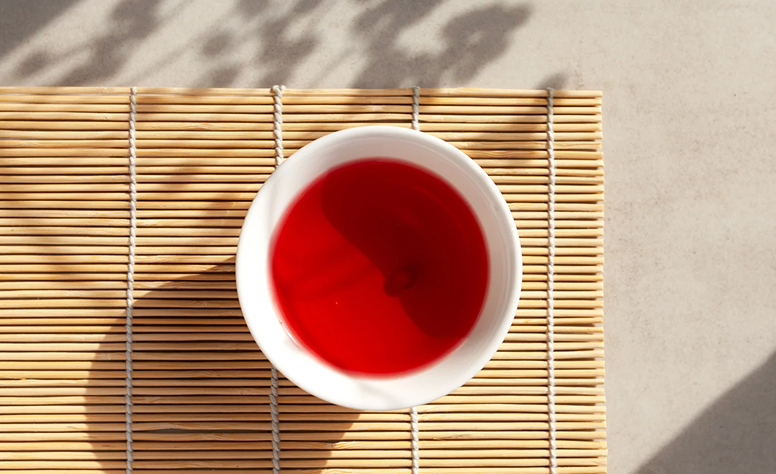
This one is a beautiful, striking pink-red drink. You can make it with the omija berry.
This one’s name literally means “five flavors”:
- Sweet
- Sour
- Salty
- Bitter
- Pungent
Its taste solely depends on how you brew it. It can taste fruity, tangy, or slightly medicinal.
Street vendors often sell it chilled in summer. They were topped with a few ice cubes. This makes it both hydrating and visually appealing.
Omija-cha (오미자차) has been studied for its antioxidant and liver-protecting properties.
This makes it not only a flavorful drink. Also, it is one with functional health benefits.
5. Subak-hwachae – Watermelon Punch
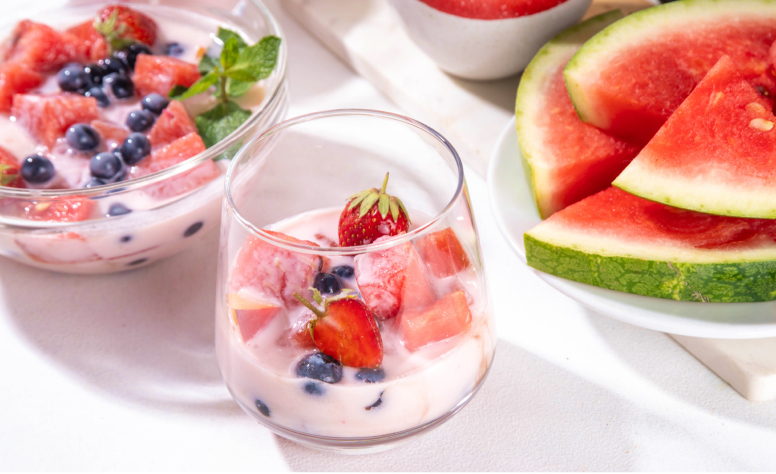
On sweltering Korean summer days, subak-hwachae (수박화채) is the street drink everyone craves.
It’s essentially a punch. You can simply make it with:
- Scooped watermelon balls
- Milk or soda
- Ice
Vendors usually prepare it in big bowls. They serve generous ladles in disposable cups.
Unlike other traditional teas, this one represents the modern, playful side of Korean street drinks.
It appeals especially to younger crowds and tourists. Additionally, you will find it to be refreshing and customizable.
It beautifully embodies the summer vibe of Korea.
What Is The Role Of Korean Street Drinks In Culture?
Korean street drinks aren’t just beverages. They’re symbols of hospitality and community.
I often chat with vendors as they pour tea. This makes these stalls small social hubs.
They also represent the adaptability of Korean food culture. So, you will find these in the midst of the medicinal heritage of hanbang teas.
Also, you will find these to be modern, Instagram-worthy punches.
For tourists, these drinks serve as an approachable entry point into Korean cuisine.
They are often more affordable and less intimidating than spicy dishes.
And for locals, they remain tied to memories of seasons, festivals, and family traditions.
Best Korean Street Drinks Explored: Which One Will You Try Next?
Exploring Korean street drinks is like sipping history, culture, and comfort in a cup.
From the digestive benefits of sikhye to the antioxidant punch of omija-cha, every drink has a story to tell.
What struck me most during my time in Korea was how these beverages bridge the past and present, turning everyday hydration into an experience.
If you’re planning a trip to Korea or simply exploring Korean culture from afar, don’t stop at the food.
I will always suggest you seek out these drinks at:
- Traditional markets
- Street vendors
- Festivals
Trust me, they’ll leave you with flavors and stories that linger far longer than the cup itself.

